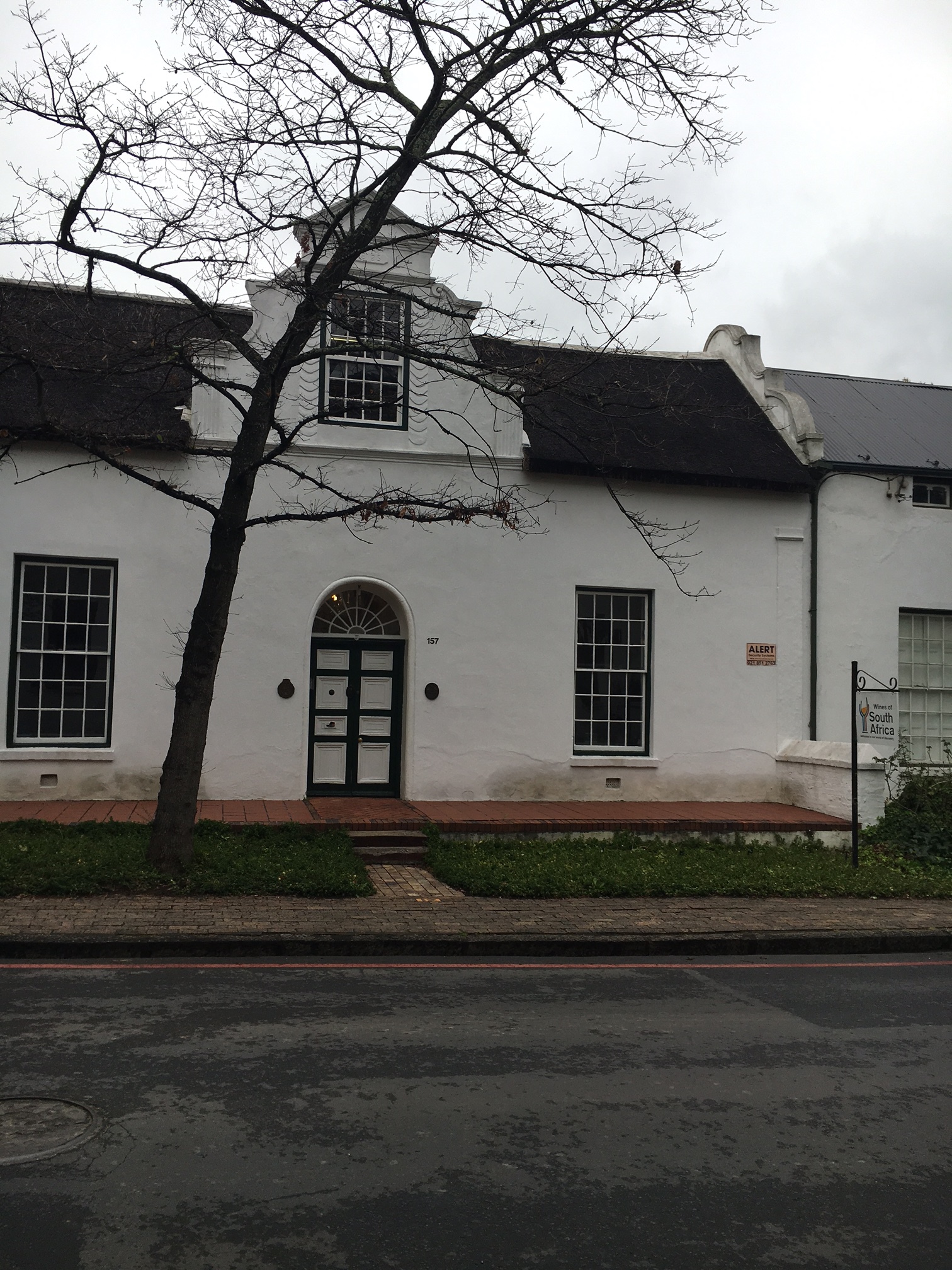
PUTTING A FACE TO THE NAME
Most folk involved in the South African wine industry have heard of WOSA, or our full title, Wines of South Africa, but because we are always on the other end of the telephone or email, and we are usually visiting you rather than the other way around, very few actually know where we are situated and what our offices look like.
More’s the pity because our offices are located in a beautiful Cape Dutch house on the picturesque Dorp Street in the heart of Stellenbosch. So let’s take a look at the provenance of our offices in this month when we honour our heritage.
Stellenbosch was founded by Governor Simon van der Stel in 1679 when on his travels he came upon a fertile valley with a river running through it. He and his party camped for the night on a little island in the river, which he named the Eerste (first) River, because it was the first river he discovered since leaving the Cape of Good Hope (now Cape Town). He named the place Stellenbosch, commemorating his own name and acknowledging the wealth of natural vegetation growing there. He decided that this beautiful valley called for settlement and within a year a number of farmers had settled already.
The first magistrate’s office was built on the afore-mentioned island and houses were erected along the road that formed along the river which was initially called “the wagon road to the Cape” but is now Dorp Street. Just a stone’s throw from this island (which has since disappeared as the river course changed) is the site of 157 Dorp Street, now boasting a beautiful Cape Dutch building called Loubser House.
The first house on the property burnt down in the great fire of 1710 but it was rebuilt and inhabited by several families through the centuries. The first missionary to Stellenbosch, Meuwes Janse Bakker, lived here and then it was later the property of the Stellenbosche Medewerkende Zendelinggenootschap (another missionary society) and the back part of the house was used as a chapel or school.
The most famous person to live in this house was Bob Loubser, after whom the house is named. He was a famous Springbok rugby player scoring a record number of 22 tries on the tour to the United Kingdom in 1906 and also became a member of Parliament.
Around about the same time statesman, military leader and philosopher Jan Christiaan Smuts was boarding at Ackermann House further down on the opposite side of Dorp Street. He was studying at Stellenbosch University and courting classmate Sybella “Issie” Krige, whose family lived across from Ackermann House in the grand Libertas Parva.
Dorp Street is lined with historic gems, each with its own unique history, so make sure you wander up this oak-lined street when next you visit Stellenbosch, and imagine the early settlers planting their vines on the banks of the Eerste River, and later luminaries such a Jan Smuts strolling across the street to visit his sweetheart.
Sources: Prof Matilda Burden, Cultural Historian, University of Stellenbosch and the Stellenbosch Heritage Foundation

“no.157 mid-Winter”
- Julia Moore